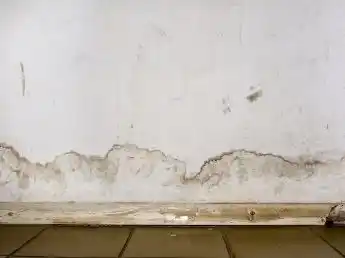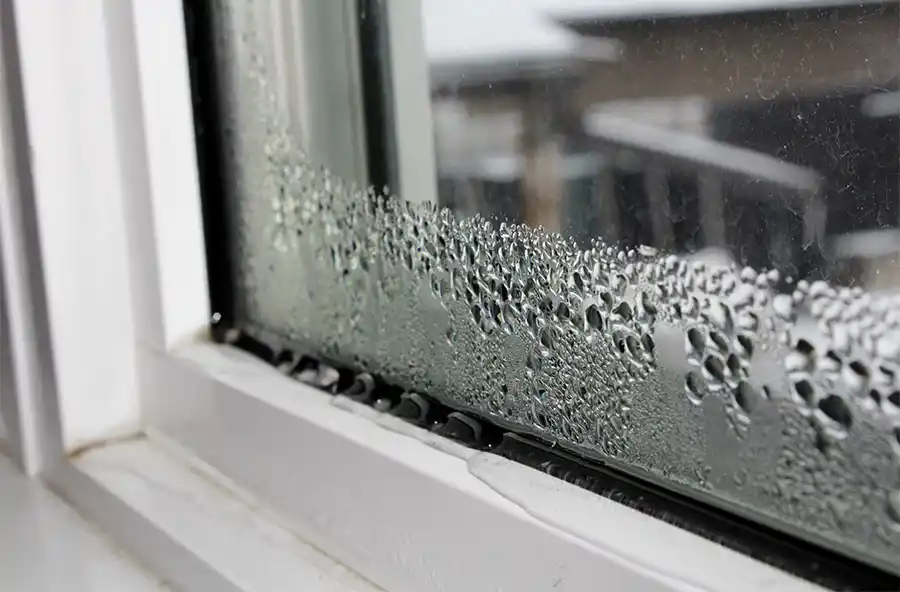Spotted signs of damp in your home but aren’t sure what type it is and how to fix it? Then read on and discover how to identify and remedy the 3 most common types of damp found in the home.
Penetrating damp is caused by water getting into the walls of the property and can be found on either the walls or the ceiling. It’s usually caused when structural problems, such as broken guttering or roof tile, lets water creep inside. It can also be caused by internal issues like a leaking pipe or failed water management system.
Signs of penetrating damp
How to fix penetrating damp
The first step to eliminating penetrating damp is to find the cause of the problem and fixing it. Then a damp treatment will need to be undertaken. What this involves will depend on the area of your home that was damaged and can involve building work.

Rising damp is caused when excess groundwater moves through a wall or floor. It is often caused by a faulty damp proof course or membrane, the barrier installed to prevent water ingress, or by a lack of drainage.
Signs of rising damp
Repairing rising damp
Fixing a rising damp problem usually involves repairing the damp proof course. This involves removing the affected plaster and injecting a specialist product to create a waterproof barrier throughout the wall. The affected walls will then need to be re-plastered and treated with salt-inhibitors and waterproofing additives.

The most common kind of damp, condensation is created when moist, hot air condenses on cold walls and is most prevalent in kitchens and bathrooms though can also affect bedrooms. It’s usually worse in winter when central heating quickly heats up a room which then cools down rapidly once it’s switched off.
Signs of condensation
Treating condensation
The best way to rid your home of condensation is to get fresh air circulating throughout the property by opening windows, investing in a dehumidifier, installing extractor fans in kitchens and bathrooms and keeping the heating on a low level. If these measures do not eliminate the condensation, you may have a bigger ventilation problem and you’ll need to contact a damp specialist.
No matter what type of damp you have, dealing with it early is the best way to stop it spreading and costing you more time and money to fix in the long run. So as soon as you spot any signs of damp in your property, contact the friendly team of experts at Croft Preservation today on 01202 737739.

